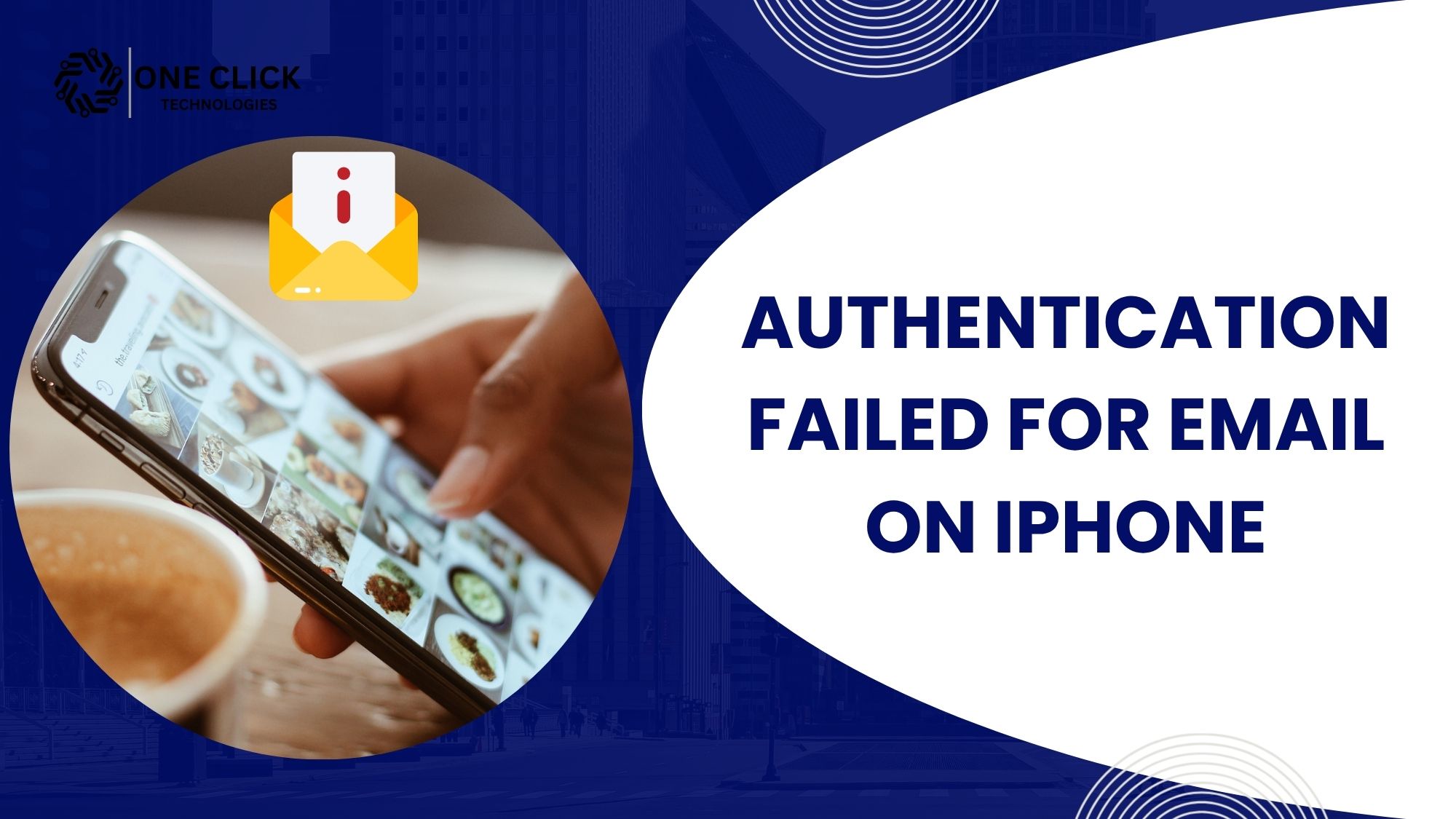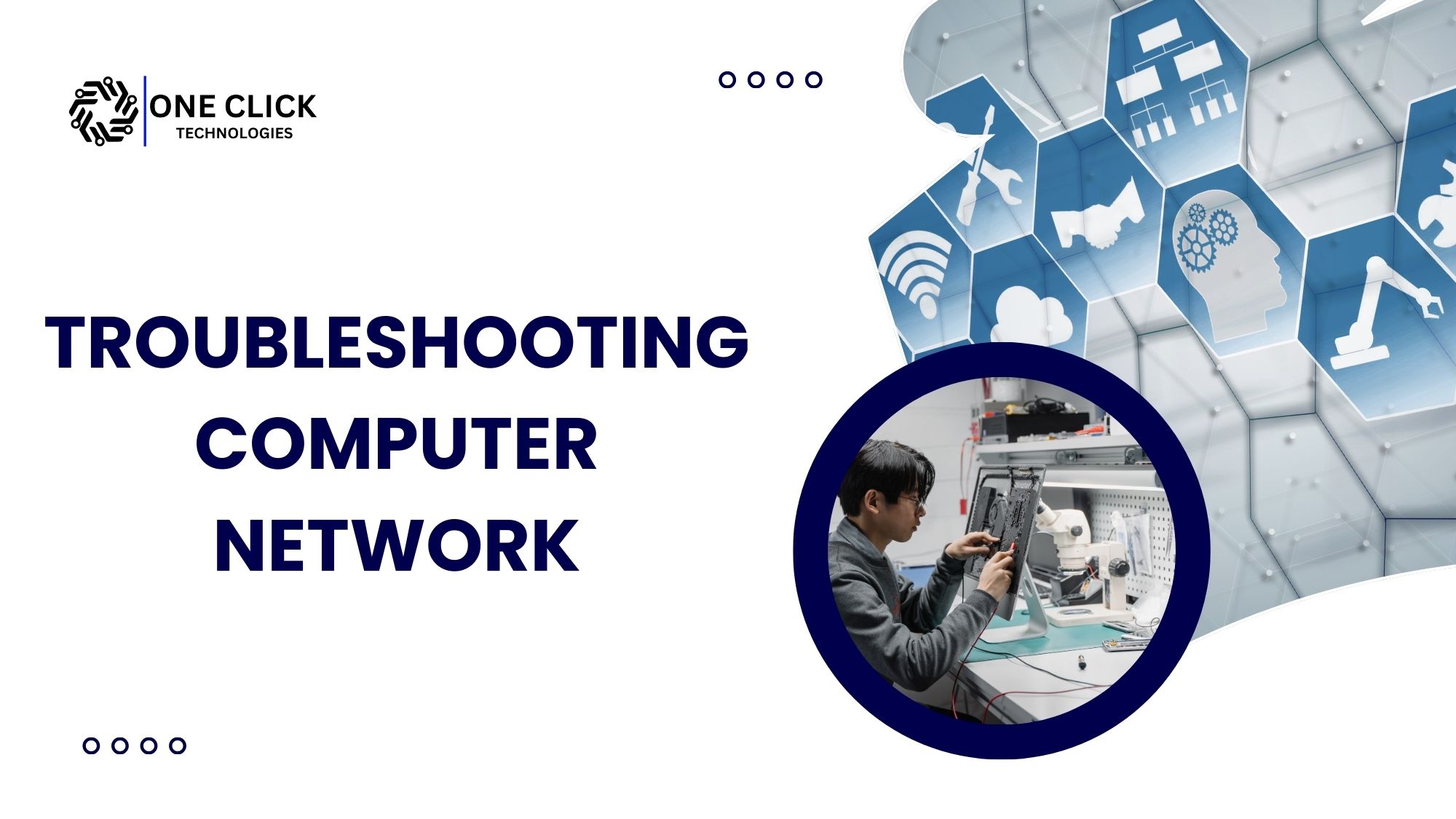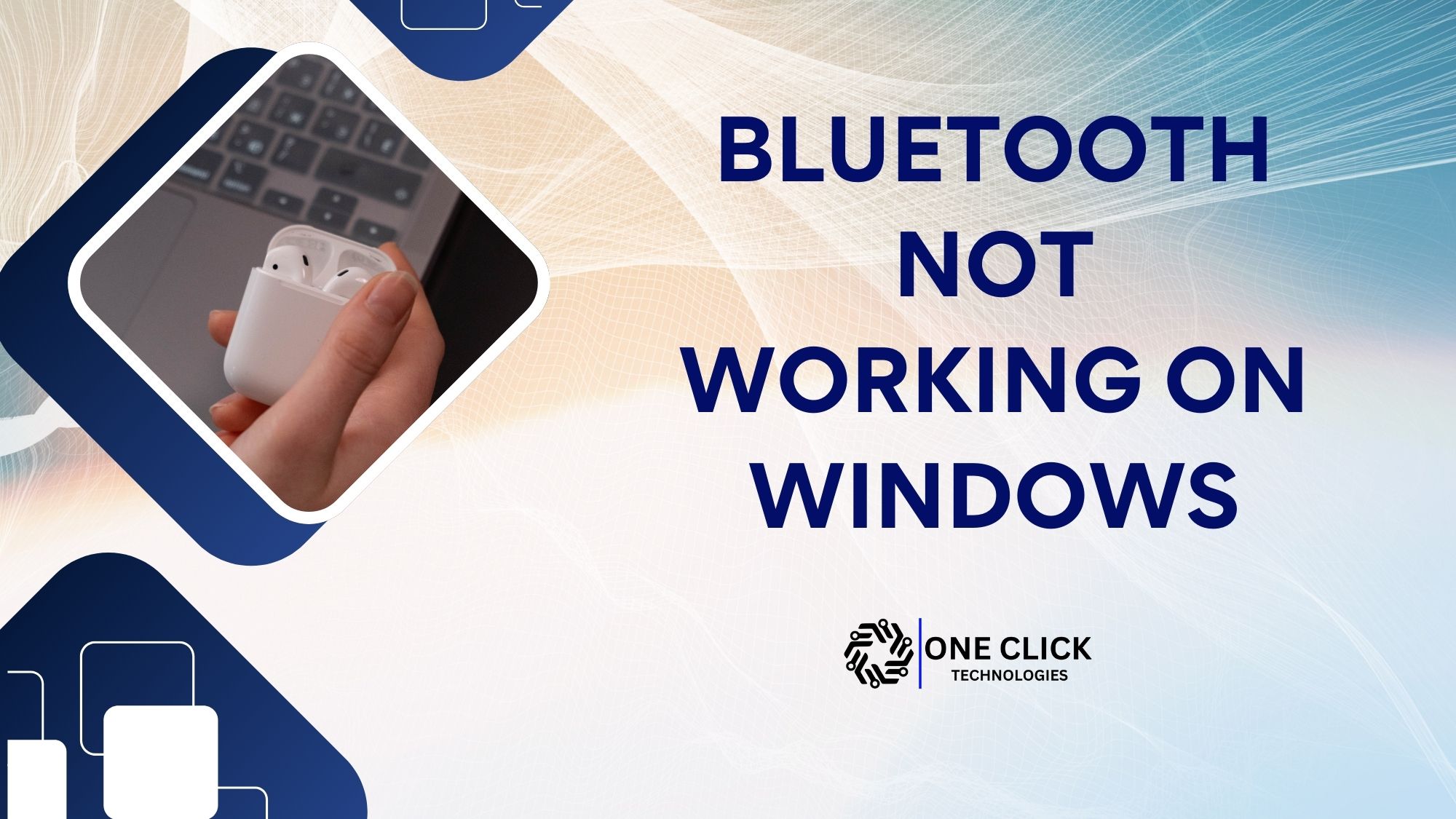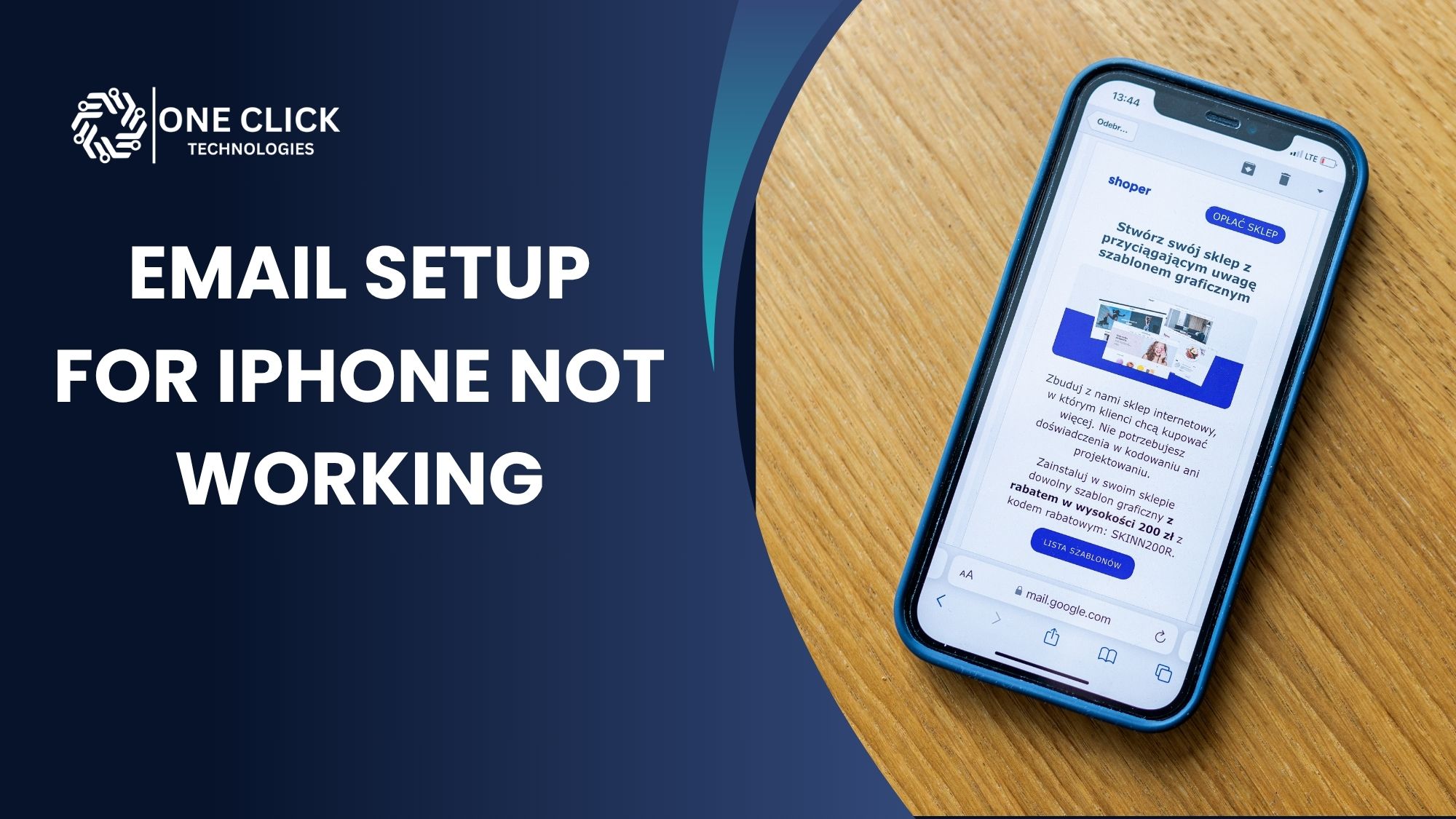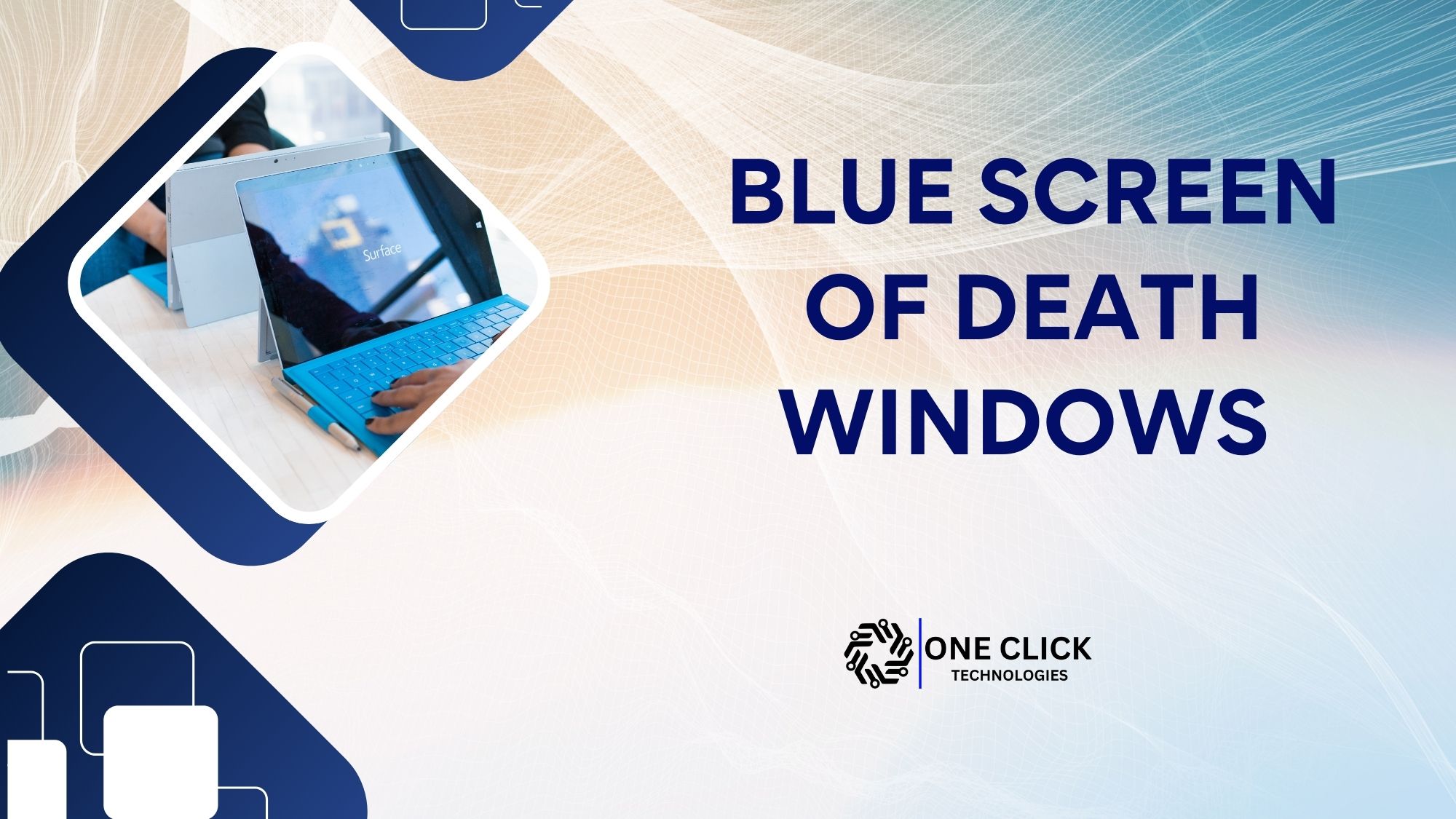Table of Contents
It’s Monday morning, your iPhone buzzes, and you open your Mail app to check new messages. Instead of emails, a popup appears:
“Cannot Get Mail – The connection to the server failed.”
For a moment, you stare at the screen and wonder, did I do something wrong?
You didn’t. The message simply means your iPhone can’t confirm who you are with your email provider’s server. It’s one of the most common technical issues iPhone users face: the dreaded authentication failed email iPhone error.
This happens when your saved credentials your username, password, or security token don’t match the data stored on the mail server. It can also be caused by network settings, outdated iOS versions, or two-factor authentication changes.
You don’t need to spend hours guessing. Our certified remote technicians at OneClick Technologies LLC fix this issue daily for individuals, professionals, and small businesses – safely, securely, and without losing a single email.
Let’s break down why this happens, the proven ways to fix it, and how our remote repair team can help you restore your email access in minutes.
What Does “Authentication Failed Email iPhone” Really Mean?
Every time your iPhone Mail app checks for new emails, it connects to your email provider’s server. To establish that connection, it must authenticate basically, prove that your email account credentials are valid.
When you see the “authentication failed” message, your iPhone couldn’t prove that identity. This can happen for multiple reasons:
- You recently changed your password, but your iPhone is still using the old one.
- Your iCloud authentication expired after a restart or iOS update.
- The mail server’s SSL encryption settings changed.
- Your email provider (like Yahoo Mail, Gmail, or Microsoft 365) requires extra verification.
It’s a communication breakdown between your iPhone and your email server and that’s what we’re here to fix.
Common Reasons for Authentication Failures on iPhone
Understanding why this happens helps prevent future issues.
1. Invalid or Expired Credentials
Most often, invalid credentials cause the problem. Maybe you forgot to update your password after resetting it, or your Apple ID password expired. Even one incorrect character can trigger authentication errors.
2. Two-Factor Authentication Mismatch
Modern email platforms use two-factor authentication for extra protection. If you haven’t generated an app-specific password, your iPhone might reject your login attempt.
3. Network Instability
Weak Wi-Fi signals or outdated network settings can interrupt the secure connection your iPhone needs to verify your identity.
4. Outdated iOS or App Version
Older iOS versions sometimes fail to support newer security protocols. An update usually resolves this instantly.
5. Incorrect Server or IMAP Settings
If your IMAP or server settings don’t match your email provider’s recommendations, you’ll keep seeing “authentication failed error.”
Understanding these root causes makes fixing them simpler and faster.
Signs Your iPhone Has an Authentication Problem
Recognizing early warning signs helps you act before the issue worsens. Watch for:
- “Cannot Get Mail” or “Cannot Access Server” alerts.
- The Mail app repeatedly asking for your password.
- Delayed or missing incoming emails.
- An “Authentication Failed” popup during sync.
- Frequent error messages after updating your iOS.
If any of these sound familiar, your iPhone’s authentication settings need attention.
Step-by-Step: How to Fix Authentication Failed Email on iPhone
Here’s a detailed, safe process that even non-technical users can follow.
Step 1: Verify Your Email Credentials
Open Settings → Mail → Accounts → [Your Email] → Password.
Enter your current password exactly as it’s set with your email provider.
Tip: To confirm it’s correct, log in directly on your provider’s site (like gmail.com or icloud.com).
If login works on the web but not in the app, move to Step 2.
Step 2: Restart Your iPhone
Yes, it sounds basic, but a quick restart clears cached sessions that may be blocking the login handshake with the mail server.
- Hold the Power + Volume button.
- Slide to power off.
- Wait 10 seconds and turn it back on.
Now reopen your Mail app and test.
Step 3: Reset Network Settings
Unstable or old network settings are a top cause of authentication error on iPhone.
Navigate to:
Settings → General → Transfer or Reset iPhone → Reset → Reset Network Settings.
This clears Wi-Fi data and resets DNS configurations, often fixing “connection to the server failed” errors instantly.
Step 4: Re-Add the Mail Account
If steps above don’t help, remove and re-add your account.
- Go to Settings → Mail → Accounts.
- Tap your problematic account → Delete Account.
- Restart your phone.
- Tap Add Account → choose your email provider.
- Re-enter your credentials carefully.
Re-adding your mail account forces iOS to download fresh configuration data from your email services.
Step 5: Enable SSL Encryption
An incorrect SSL setup can block authentication.
Go to Settings → Mail → Accounts → [Your Account] → Advanced.
- Turn Use SSL ON.
- Incoming port: 993 (IMAP)
- Outgoing port: 465 (SMTP)
SSL encrypts communication between your iPhone and the server, fixing many failed authentication cases.
Step 6: Use App-Specific Passwords
If you use two-factor authentication, you must create an app-specific password.
For example, in iCloud or Yahoo Mail:
- Log into your account from a browser.
- Go to Security Settings → App-Specific Passwords → Generate Password.
- Copy the code and paste it in your iPhone’s Mail app instead of your normal password.
This instantly resolves authentication failed errors for users with two-factor enabled.
Step 7: Update Your iOS Version
An outdated version of iOS can cause compatibility problems with email providers.
- Go to Settings → General → Software Update.
- Install any available updates.
Apple frequently patches authentication issues and server settings bugs in new releases.
Step 8: Check IMAP and Server Settings
For business or custom email users:
- Incoming Mail (IMAP):
imap.provider.com - Outgoing Mail (SMTP):
smtp.provider.com - Authentication: “Password”
If you use Microsoft 365, Hotmail, or corporate mail, confirm these settings match your IT department’s recommendations.
Read: Email Setup for iPhone Not Working? Do This Before You Give Up
Fixing iCloud Authentication Problems
iCloud is the backbone of many iPhones, so iCloud authentication errors can be especially disruptive.
To fix iCloud authentication:
- Go to Settings → [Your Name] → iCloud → Mail.
- Enter your Apple ID password again.
- If prompted, enter a verification code from another device.
- Check if your icloud email syncs correctly.
If not, remove Apple ID temporarily and re-sign in. This refreshes your icloud account session securely.
Troubleshooting for Yahoo, Gmail, and Hotmail Users
Yahoo Mail
- Delete and re-add the account.
- Enable two-factor authentication and create an app password.
- Make sure SSL is turned on.
Gmail
- Visit Gmail.com → check for suspicious sign-ins.
- Turn on Allow Less Secure Apps or create a third-party app password.
- Update credentials in your Mail app.
Hotmail / Microsoft 365
- Verify account status in your Microsoft dashboard.
- Reconfigure server settings (IMAP/SMTP).
- If using company mail, contact IT to whitelist your IP.
These ways to fix are safe and apply across most email services.
Why Authentication Errors Keep Coming Back
Even after fixing the problem, some users experience a repeat authentication issue. Common reasons:
- iOS updates reset saved configurations.
- Password changes not synced across all Apple devices.
- Disabled SSL encryption after network resets.
- Cached invalid credentials.
To prevent recurrence:
- Keep your iOS updated.
- Use iCloud Keychain to store updated passwords.
- Re-authenticate all connected Apple devices when changing passwords.
Why DIY Fixes Aren’t Always Enough
You can fix simple authentication problems on your own, but advanced cases involve server logs, security tokens, and email encryption layers.
Attempting manual fixes can lead to:
- Accidental loss of emails.
- Misconfigured server settings.
- Disabled two-factor authentication.
That’s where professional help comes in – remote experts can securely troubleshoot your phone while keeping your data intact.
Why Choose Remote Help from OneClick Technologies LLC
At OneClick Technologies LLC, we’ve helped hundreds of clients across the U.S. restore their email access without leaving home.
Here’s why our service stands out:
- Secure Remote Access: We use encrypted channels for safety.
- Comprehensive Troubleshooting: We check everything from network settings to Apple’s Mail app configuration.
- No Data Loss: Your emails, attachments, and contacts remain safe.
- Fast Resolution: Most authentication failed email iPhone issues are fixed within one session.
- Multi-Device Support: We handle iPhones, iPads, and even Mac Mail setups.
Our technicians are trained to work on all major providers, iCloud, Yahoo Mail, Gmail, Outlook, and Microsoft 365, ensuring your email access is restored seamlessly.
Long-Term Email Health: Preventive Measures
Once fixed, a few smart habits will keep your mail running smoothly:
- Update your Apple ID password every six months.
- Always enable two-factor authentication for all email accounts.
- Don’t connect to public Wi-Fi when managing mail settings.
- Back up your configuration using iCloud.
- Keep your Mail app updated for the latest security patches.
These small steps drastically reduce the risk of future authentication failures.
Final Thoughts
Email access is vital for work, family, and daily communication. Seeing “authentication failed for email on iPhone” might feel frustrating, but it’s rarely a serious problem. In most cases, it’s a mismatch between your credentials and your server settings, something that can be fixed quickly with the right approach.
If you’re tired of the endless login prompts or cannot get mail errors, let professionals handle it.
Get Remote iPhone Email Repair from OneClick Technologies LLC
At OneClick Technologies LLC, our mission is simple: help you reconnect to your email fast, safely, and without data loss.
Our expert team provides:
- Instant remote diagnosis for authentication errors.
- Secure configuration of server settings, IMAP, and SSL encryption.
- Resolution of iCloud, Yahoo Mail, Hotmail, Gmail, and Microsoft 365 errors.
- Guaranteed data safety during every repair.
Whether you’re a home user, small business owner, or remote professional, we can restore your email access in minutes.
👉 Contact OneClick Technologies LLC today for a secure, reliable, and instant solution to your authentication failed email iPhone problem and get back to business without missing a beat.

